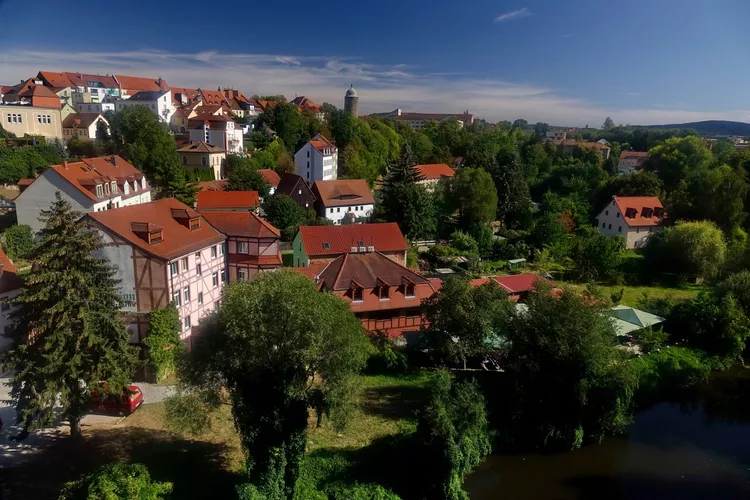When people think about East Germany, they usually picture East Berlin, the Berlin Wall, the Plattenbauten, and the DDR prisons. It was the largest city in East Germany with a population of 1.2 million in 1988.
However, times have changed. The country has progressed, and while plenty of reminders of the past linger, Germany continues to evolve. Therefore, exploring beyond Berlin reveals cities like Leipzig and Dresden, showcasing both historical significance and future potential. Moreover, smaller towns rich in DDR history, unique architecture, and Sorbian culture await discovery.
Here are five East German towns worth visiting, presenting a blend of history, culture, and beautiful landscapes.
01. Bautzen

With medieval walls, a historic altstadt (old town), and several museums dedicated to topics like senf and the Sorbs, Bautzen makes for an interesting stop.
Although Bautzen is charming, it also bears a difficult history from the DDR era. The city is known for its prisons, with Bautzen I, known as Gelbes Elend (Yellow Misery) being a complex for official prisoners, while Bautzen II served as a secretive facility for prisoners of conscience. Bautzen I remains operational as a prison, yet Bautzen II now serves as a memorial, similar to Berlin-Hohenschönhausen.
02. Karl-Marx-Stadt

Previously known as Chemnitz, this city once stood as East Germany’s fourth largest urban area. Its reconstruction after World War II reflects the emerging DDR style, highlighted by the 7-meter-tall Karl Marx monument, affectionately dubbed Nischel by locals.
With the Wall’s fall in 1990, the city reclaimed its original name. Today, modern shopping centers fill the Altstadt, showcasing the blend of DDR structure alongside contemporary architecture and the ever-watchful visage of Karl Marx.
03. Halle

Halle offers a wealth of attractions, featuring Giebichenstein Castle and Moritzburg, which add a touch of medieval elegance. The Halloren Chocolate Factory, as Germany’s oldest operational chocolate factory, and the Market square, boasting four significant towers including the iconic Roter Turm (Red Tower) showcase the city’s rich cultural fabric.
Moreover, the University of Halle-Wittenberg ranks as the largest university in Saxony-Anhalt and one of the oldest in Germany, adding vibrancy to the city with numerous affordable dining and entertainment options.
The Neustadt (or HaNeu) area, located southwest of Halle, represents a quintessential DDR city, with Plattenbauten lining the S-Bahn routes, complemented by artistic details and vibrant murals.
04. Eisenhüttenstadt

Initially named Stalinstadt, this factory town emerged in the 1950s. Its renaming to Eisenhüttenstadt (ironworks city) signifies its industrial purpose rather than its political roots. Nestled in east Brandenburg, it borders Poland.
Planned as a model workers’ community, Eisenhüttenstadt featured numerous Plattenbau apartments coupled with ample job opportunities in the steel industry, designed by architect Kurt Walter Leucht for modernity.
Nonetheless, the city has undergone a decline. The population is dwindling, and job opportunities have diminished significantly. According to the city website, recent happenings have included visits from notable figures such as American actor Tom Hanks. Consequently, Eisenhüttenstadt offers a unique glimpse into life during the DDR.
05. Görlitz

Previously a small Sorbian village known as Gorelic, Görlitz has experienced a fascinating evolution. This town has endured various historical dominions including the Holy Roman Empire and the Kingdom of Poland.
Under DDR rule, Görlitz was often overlooked, resulting in the preservation of its exquisite buildings. Noteworthy structures include the 1913 Jugendstil Görlitzer Warenhaus, featured prominently in the film “The Grand Budapest Hotel,” celebrated for its original chandeliers and stunning stained-glass ceiling.
Additionally, the Oberlausitzische Bibliothek der Wissenschaften is a remarkable library containing over 140,000 volumes, spanning legal texts, natural sciences, and historical literature, making Görlitz not just a historical site but a center for knowledge.





